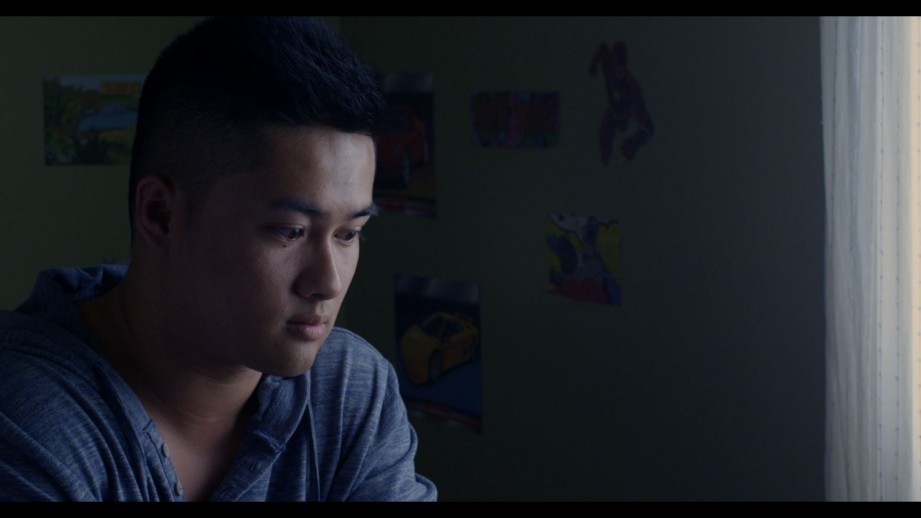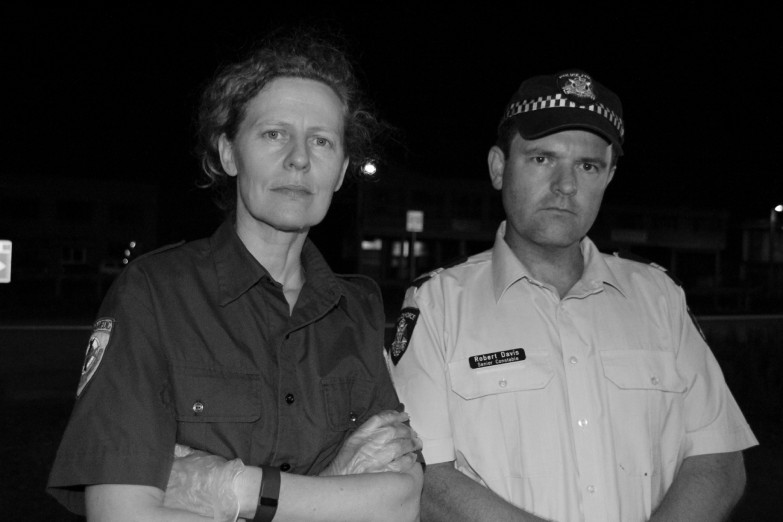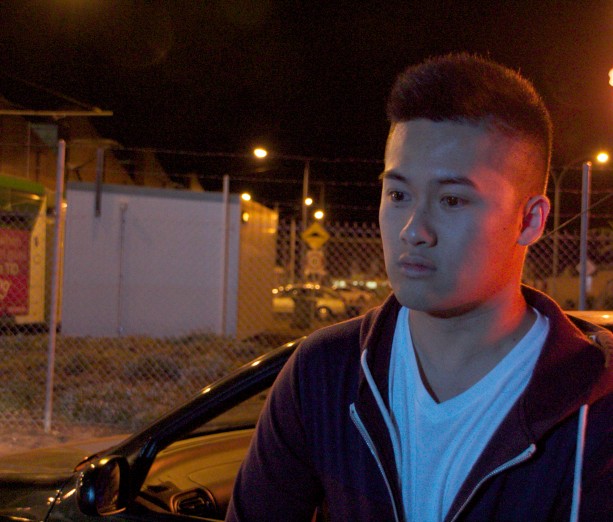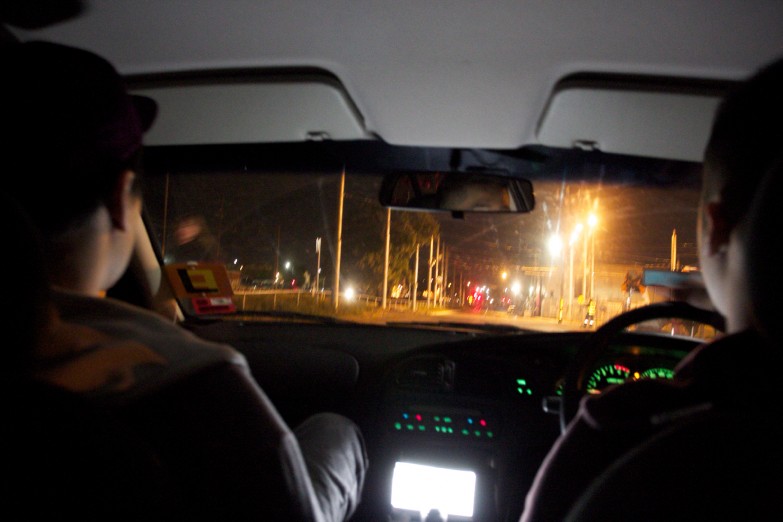Kim Tran was an A grade student, had great friends and had just got some new wheels. It just took one moment to bring his world crashing down.
The new updated Culpable Driving Court Room Drama looks at the case of a young man, Kim Tran who was charged with culpable driving in the County Court. The case is based on a real case but names, dates and details have been changed to maintain the confidentiality of the original participants. Group sizes are between 15-30 students for both activities.
This is a one hour mock trial held in the Old Magistrates Court. To access the main building of the Old Melbourne Gaol site you will also need to book a Gaol Tour.
Learning Value
This program has been popular with schools as it is highly relevant to adolescents who may shortly become drivers. It engages students with a complex legal scenario that is highly relevant, requires the logical analysis of evidence, an introduction to legal procedures and thinking about argument, motives, ethics and social values.
This program is best suited to Yr 10 to VCE as it deals with mature themes.
The National Trust gratefully acknowledges the support the Victorian Law Foundation and the Campbell Edwards Trust in the making of this program.
| Year Levels: | Culpable Driving - Yr 10 + | ||
| Duration: | 50 mins | ||
| Numbers: | 15 - 30 students | ||
| Location: | 377 Russell Street, Melbourne | ||
| Resources: | Online Teacher Kits, Character Breakdowns | ||
| Cost: | $11.00 per student. Different prices for After Hours & Early sessions (Teachers free at ratio of 1:12) | ||
| Bookings: | Online Booking Form or Email or Phone: 9656 9817. |
Curriculum Links
| English - Literacy - Interacting with others | Yr9 | ACELY1740 |
| English - Literacy - Interpreting, analysing, evaluating | Yr9 | ACELY1742 |
| Humanities & Social Sciences - Civics & Citizenship - Laws & citizens | Yr10 | ACHCK077 |
| Humanities & Social Sciences - Civics & Citizenship - Analysis, synthesis & interpretation | Yr10 | ACHCS084 |
| Humanities & Social Sciences - Civics & Citizenship - Questioning & research | Yr10 | ACHCS082 |
| Humanities & Social Sciences - Civics & Citizenship - Analysis, synthesis & interpretation | Yr10 | ACHCS095 |
| Humanities & Social Sciences - Civics & Citizenship - Analysis, synthesis & interpretation | Yr10 | ACHCS097 |








































